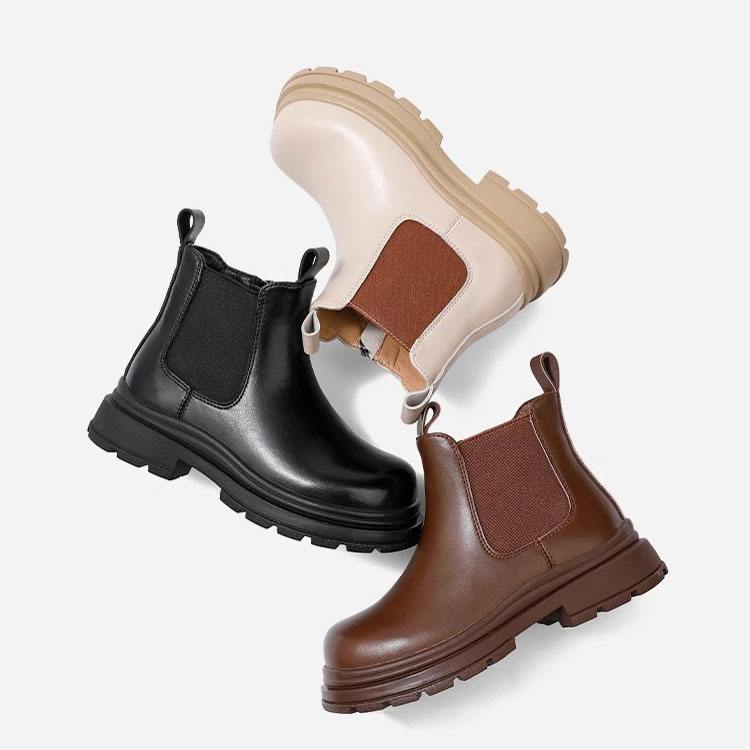In the ever-evolving landscape of fashion, understanding consumer behavior is crucial for retailers and brands aiming to thrive in a competitive marketplace. As we delve into the question, What type of clothing is bought the most? we will explore various dimensions of clothing purchases, including demographic influences, seasonal trends, and the impact of sustainability. This comprehensive analysis will not only highlight the most popular clothing categories but also provide insights into the underlying factors driving these trends.
- The Dominance of Casual Wear
In recent years, casual wear has emerged as the most purchased category of clothing. The rise of remote work and a shift towards a more relaxed lifestyle have significantly influenced this trend. According to market research, athleisure—clothing designed for athletic activities but worn in other settings—has seen a remarkable surge in sales. Brands like Lululemon and Nike have capitalized on this trend, offering stylish yet comfortable options that appeal to a broad audience.
Key Factors:
- Comfort and Versatility: Consumers prioritize comfort, especially in a post-pandemic world where home-based activities have become commonplace.
- Influence of Social Media: Platforms like Instagram and TikTok have popularized casual styles, with influencers showcasing how to dress down while still looking chic.
- The Resurgence of Formal Wear
While casual wear dominates, there is a notable resurgence in formal wear, particularly as social events and gatherings resume. The demand for tailored suits, elegant dresses, and sophisticated accessories has increased, driven by a desire for self-expression and celebration.
Key Factors:
- Return to Social Norms: As restrictions ease, consumers are eager to invest in clothing that allows them to participate in social events, weddings, and professional gatherings.
- Quality over Quantity: Shoppers are increasingly seeking high-quality, timeless pieces that can be worn on multiple occasions, reflecting a shift towards sustainable fashion practices.
- The Impact of Sustainability
Sustainability has become a pivotal factor influencing clothing purchases. Consumers are more conscious of their environmental footprint and are actively seeking brands that prioritize ethical production practices. This shift has led to a rise in the popularity of second-hand clothing and sustainable fashion brands.
Key Factors:
- Eco-Friendly Materials: Clothing made from organic cotton, recycled materials, and other sustainable fabrics is gaining traction among environmentally conscious consumers.
- Transparency and Ethical Practices: Brands that provide transparency about their supply chain and production methods are more likely to attract loyal customers.
- Seasonal Trends and Regional Variations
Clothing purchases are also heavily influenced by seasonal trends and regional variations. For instance, summer months typically see a spike in sales of swimwear, shorts, and lightweight fabrics, while winter months drive demand for outerwear, boots, and layering pieces.
Key Factors:
- Climate Influence: Geographic location plays a significant role in determining the types of clothing purchased. Warmer climates may see a higher demand for breathable fabrics, while colder regions prioritize insulation and warmth.
- Fashion Weeks and Influencer Collaborations: Major fashion events and collaborations with influencers can create buzz around specific styles, leading to increased consumer interest and purchases.
- The Role of E-Commerce
The rise of e-commerce has transformed the way consumers shop for clothing. Online shopping offers convenience and a wider selection, allowing consumers to explore various brands and styles without geographical limitations. This shift has also led to the growth of direct-to-consumer brands that cater to niche markets.
Key Factors:
- Personalization and AI: Many online retailers use artificial intelligence to provide personalized shopping experiences, recommending items based on past purchases and browsing behavior.
- Social Commerce: The integration of shopping features on social media platforms has made it easier for consumers to discover and purchase clothing directly through their feeds.
Conclusion
In conclusion, the question of What type of clothing is bought the most? reveals a complex interplay of factors including lifestyle changes, sustainability, seasonal trends, and the influence of technology. As consumer preferences continue to evolve, retailers must stay attuned to these dynamics to effectively meet the demands of their target audience. By embracing innovation and prioritizing ethical practices, brands can not only thrive in the current market but also contribute to a more sustainable future in fashion.

